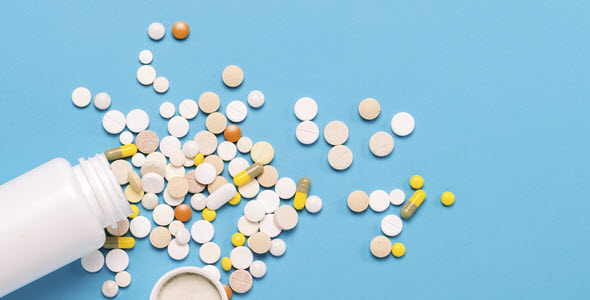By the bioMérieux Connection Editors
Despite the threat that a “post-antibiotic” era poses to human health, antimicrobial resistance (AMR) remains under-funded on a global scale, according to a new paper from the Dag Hammarskjöld Foundation (DHF) and ReAct – Action on Antibiotic Resistance (ReAct). Low- and middle-income countries (LMICs) have an especially difficult time identifying resources for even the most basic activities to fight antimicrobial resistance.
That lack of resources for action could have an adverse impact worldwide. In 2017, the World Bank found that by 2050, annual global GDP could fall by up to 3.8% due to the effects of antimicrobial resistance. That 3.8% translates to over 3.4 trillion U.S. dollars in annual economic loss.
However, that same World Bank report concluded that investing in fighting antimicrobial resistance could have extremely high economic and health yields: a potential 88% return on investment if the world can avoid 75% of the costs associated with antimicrobial resistance.
The DHF and ReAct’s development dialog paper, Antimicrobial resistance and sustainable development: A planetary threat but a financing orphan, discusses how to improve the visibility of and funding to tackle antimicrobial resistance.
The paper discusses differing opinions about the best ways to fund the fight against antimicrobial resistance, which were heavily influenced by where an individual was based: “Most respondents based in LMICs favored some sort of AMR-dedicated global funding stream because it would be a clear go-to place for financial support. Some respondents working for donors, on the other hand, were reluctant to create a new fund, partly because of the political will and work required, but also because of concerns about further fragmentation of global health funding.” There are also opportunities for private-sector investment, which the paper said should be explored further.
One clear question from the paper’s contributors was that, “…it is important to think of different solutions at different levels – what needs to happen in countries and what is the role of the global level?”
Countries in different phases of developing and implementing national action plans (NAPs) need different types of support. For countries that don’t have a NAP or are in the very early stages of development, contributors agreed that, “…the global functions related to data, coordination, guidelines and overviews of progress are all relevant. But there is also another global function: to be catalytic. ‘Catalytic’ in this sense means enabling a process to start and moving it towards being implemented with a country’s own resources.” For countries that are implementing and sustainably funding their NAPs, the global role is, “…mostly about data, technical standards and sharing information.”
In addition to the global role, there are also activities that are better dealt with at a regional or national level. As such, funding for antimicrobial resistance needs to happen in a variety or ways and with a range of mechanisms, according to the paper. While there isn’t discussion of those exact mechanisms, the paper does identify some potential funding sources in addition to governments and donors, along with guiding principles for funding.
Ultimately though, the paper makes it clear that, “The choice is to pay now or to have to pay much more later.”
Opinions expressed in this article are not necessarily those of bioMérieux, Inc.



